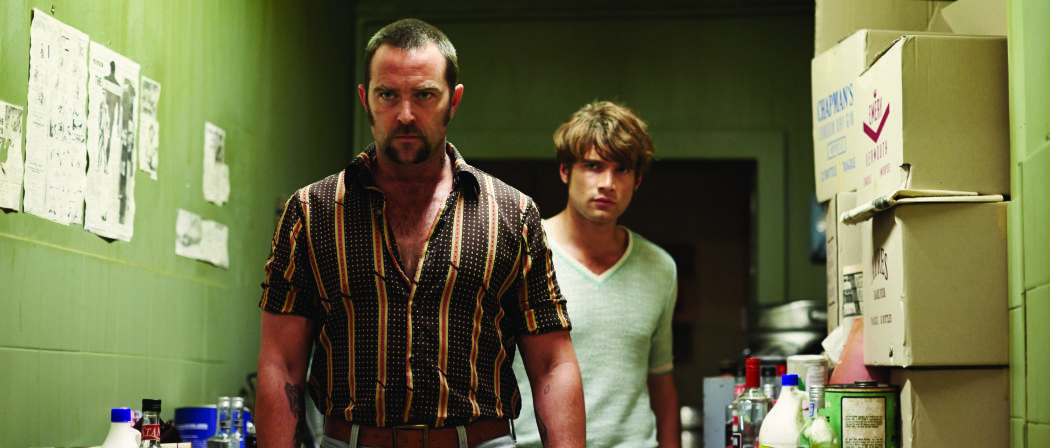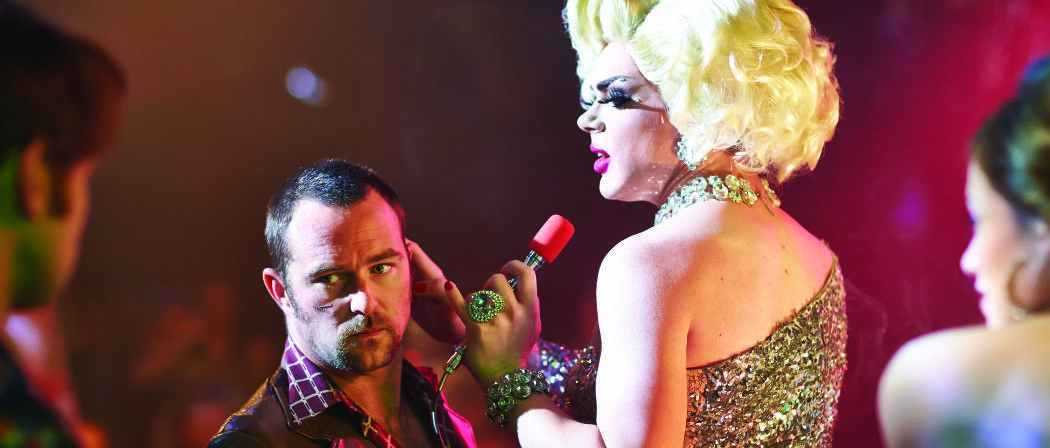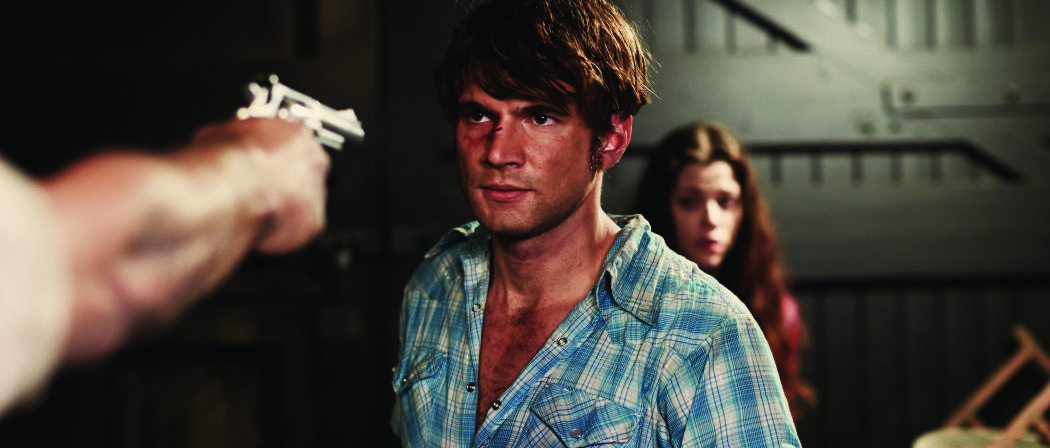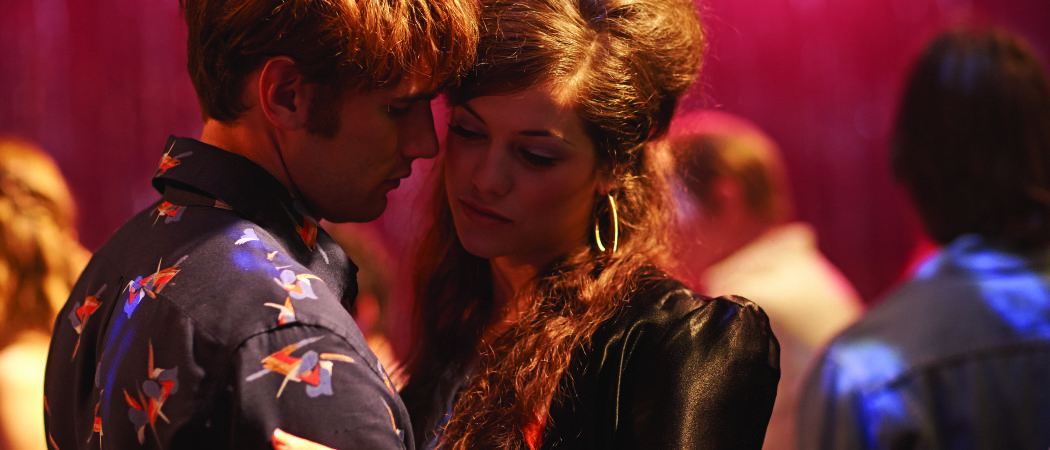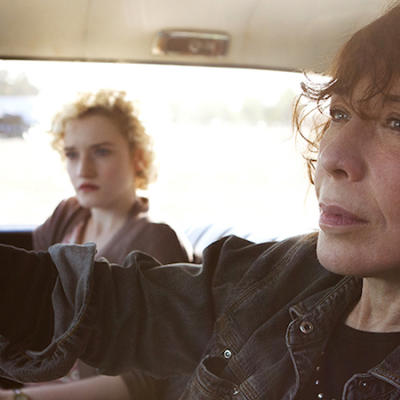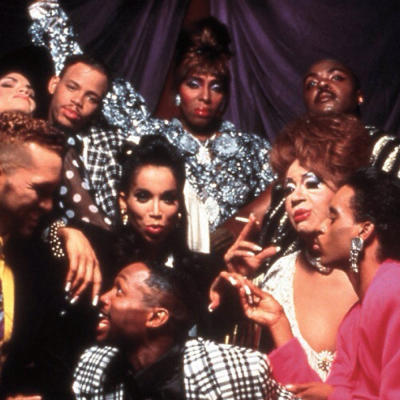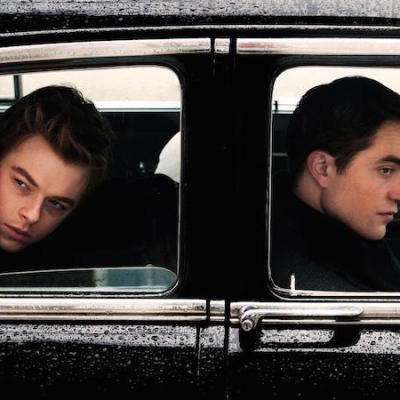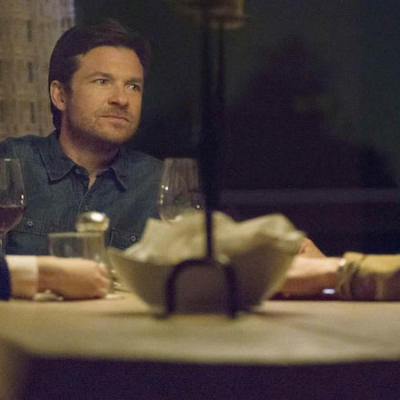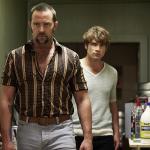It would not be amiss to refer to Cut Snake as both a love story and a crime drama. Everything in this low-budget Australian drama hinges on the relationship between the boyish Merv “Sparra” Farrell (Alex Russell) and the rough, tattooed Jim, or “Pommie” (Sullivan Stapleton), not just as partners in crime, but as lovers. Though while the film has homosexual themes, it’s hard to refer to such a decidedly negative representation of queer people as “queer cinema.”
Set in 1974, the film begins in Sydney with Pommie finding the Melbourne address of his old cellmate and deftly tracking him down. While at first Sparra seems happy to see him, and Sparra’s fiancée Paula (Jessica de Gouw) seems to get along well with the charismatic Pommie, eventually shadows of Sparra’s criminal past begin to emerge and threaten his happy new life.
The film gets off to a strong start. It summons a great amount of narrative thrust in its first act with a focused, concise screenplay. The tension between Sparra and Pommie (sexual or otherwise) is palpable in the early scenes. It also offers a convincingly 70’s experience, from clothing, music and cars, right down to the rich colours and lighting of the cinematography.
Cut Snake stumbles, however, when the true direction of the story emerges. It often veers of into cliché; at its worst, it’s laughable. It shows the strain of its lower budget, particularly toward the explosive climax, and sometimes feels like a first feature by an unconfident director. That is not the case, however; director Tony Ayres is prolific in both film and television.
Most of the problems lie in Blake Ayshford’s screenplay, which must have undergone many changes since it won the Inaugural Adelaide Film Festival/Insite award for Best Unproduced Screenplay in 2002. Subtle and nuanced character development is cast aside in favour of violence and trickery. Pommie reveals himself to be a complete sociopath – prone to committing acts of sexual violence and murder without batting an eyelid – so the film strikes a distinct note of discord on the few occasions that it attempts to show any tenderness or pathos.
Sullivan Stapleton does a perfectly fine job as Pommie, despite the two-dimensional nature of the character. Alex Russell often seems uncomfortable and unsure as Sparra, and Jessica de Gouw isn’t given much to do as his unfortunate fiancée. It’s hard to expect actors to shine with a screenplay this muddled.
Cut Snake is fitfully compelling as a crime drama, but not as a love story. It represents queerness as a result of circumstance, and in the case of Pommie, as a need to control and even to own his young companion. Anyone expecting an examination of the mercurial nature of sexuality will be sorely disappointed.
Rather than opting for high-octane theatrics, the film could have been much more compelling. As it is, it never really explores the dynamics of the relationship between Pommie and Sparra. Bubbling under all the violence and machismo – all of which we’ve seen before – is a fascinating story begging to be told.
Cut Snake opens in limited release from Thursday September 24. It is also showing as part of the 2015 Queer Screen Film Fest.
